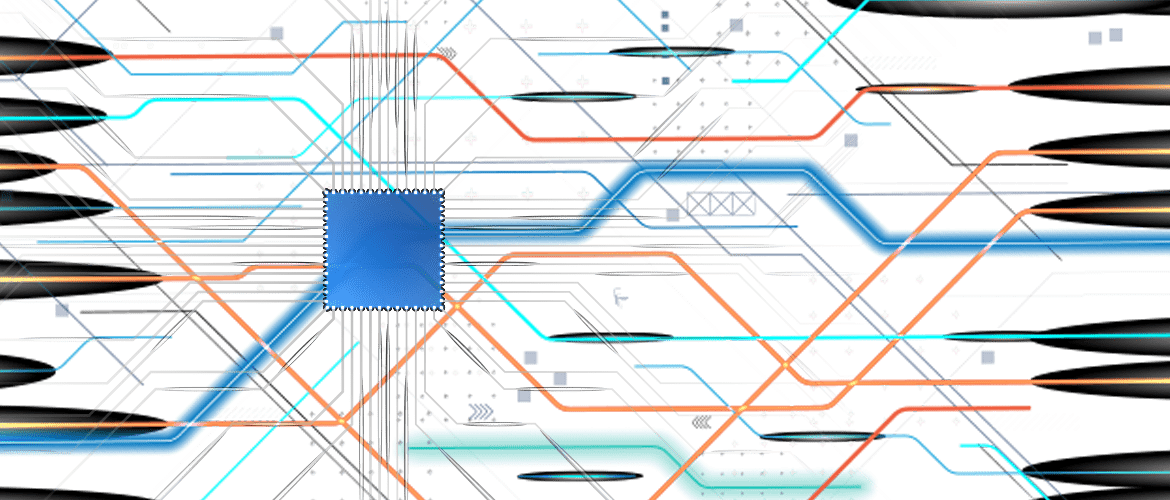How Digital Twin Works
A digital twin is a virtual model designed to accurately reflect physical objects. Research subjects (e.g., wind turbines) are equipped with various sensors related to important functional aspects. These sensors generate data related to various aspects of the performance of physical objects, such as energy output, temperature, and weather conditions. This data is then forwarded to a processing system and applied to a digital copy.
Once such data is available, the virtual model can be used to run simulations, investigate performance issues, and generate possible improvements; All of this is to gain valuable insights that can then be applied to raw physical objects.
Types of Digital Twin
Depending on the degree of product amplification, there are many types of digital twins. The biggest difference between these digital twins lies in the application field. It is common for different types of digital twins to exist simultaneously in the same system or process. Let's take a look at different types of digital twins, understand the differences between them and how they are applied.
Component twinning/Component twinning
Component twins are the basic unit of digital twins and are the smallest examples of functional components. The component twins are roughly the same, but are less important components.
Asset twinning
When two or more components work together, an asset is formed. Asset twinning allows you to study the interactions of these components, create a wealth of processable performance data, and then translate it into actionable insights.
System twinning or unit twinning
Further enlargement includes system twins or unit twins, which can show how different assets come together to form a complete functional system. With system twins, you can see the interaction between assets and also get advice on performance tuning.
Process twinning
Process twinning (macro-level magnification) shows how systems work together to build an entire production facility. Are those systems running synchronously for maximum efficiency? Or does a delay in one system affect the others? Process twinning helps determine precise timing control schemes that ultimately affect overall efficiency.
History of Digital Twin Technology
1991 Year,David Gelernter Published Mirror World(Mirror Worlds) The concept of digital twin technology was put forward for the first time in. However, is Michael Grieves Ph.D. (then teaching at the University of Michigan) 2002 In 2019, the concept of digital twins was applied to the manufacturing industry for the first time and the concept of digital twin software was officially released. Eventually,2010 National Aeronautics and Space Administration (NASA) A. John Vickers A new term "digital twin" has been introduced.
But in fact, the core concept of using digital twins to study physical objects has been witnessed earlier. In fact, it can be said that the last century 60 Years,NASA It is the first to use digital twin technology in space exploration missions. Each flying spacecraft is accurately copied with a ground version for NASA Crew study and simulation use.
Pros and Benefits of Digital Twin
Promoting research and development
Utilizing digital twins enables more efficient research and design of products, generating large amounts of data related to potential performance results. Insights from this information can help companies make necessary product improvements before starting production.
More efficient
Even after new products are put into production, digital twins help to truly reflect and monitor production systems in order to obtain and maintain maximum efficiency throughout the manufacturing process.
End-of-life management
Digital twins can even help manufacturers decide what to do with products that have ended their life cycle and require final disposal through recycling or other measures. By using digital twins, manufacturers are able to determine which product materials can be recycled.
Wide application of digital twins
Power generation equipment
Large engines-including jet engines, locomotive engines, and steam turbines for power generation-have benefited immensely from the use of digital twins, especially in activities such as helping to develop regular maintenance schedules.
Structural body and system thereof
Large physical structures, such as large buildings or offshore drilling platforms, can be improved through digital twins, especially during the design process. In addition, digital twins can be useful in designing systems that operate inside these structures, such as HVAC.
Manufacturing process
Digital twins are designed to reflect the entire life cycle of a product; Therefore, such operations are already very common: digital twins run through all stages of manufacturing, from design to finished products and all intermediate steps, and can provide product guidance and advice.
Healthcare Services
Just as products can be portrayed and reflected through the use of digital twins, this technology can also be adopted for patients receiving health care services. The same type of sensor data system can be used to track various health metrics and generate important insights.
Automotive industry
Cars represent many complex systems that work together. Digital twins are widely used in car design, which can not only improve vehicle performance, but also improve production efficiency.
Urban planning
Civil engineers and others involved in urban planning activities have been greatly helped by the use of digital twins. Digital twins can be displayed in real time 3D And 4D Spatial data can also integrate augmented reality systems into various built-in environments.










